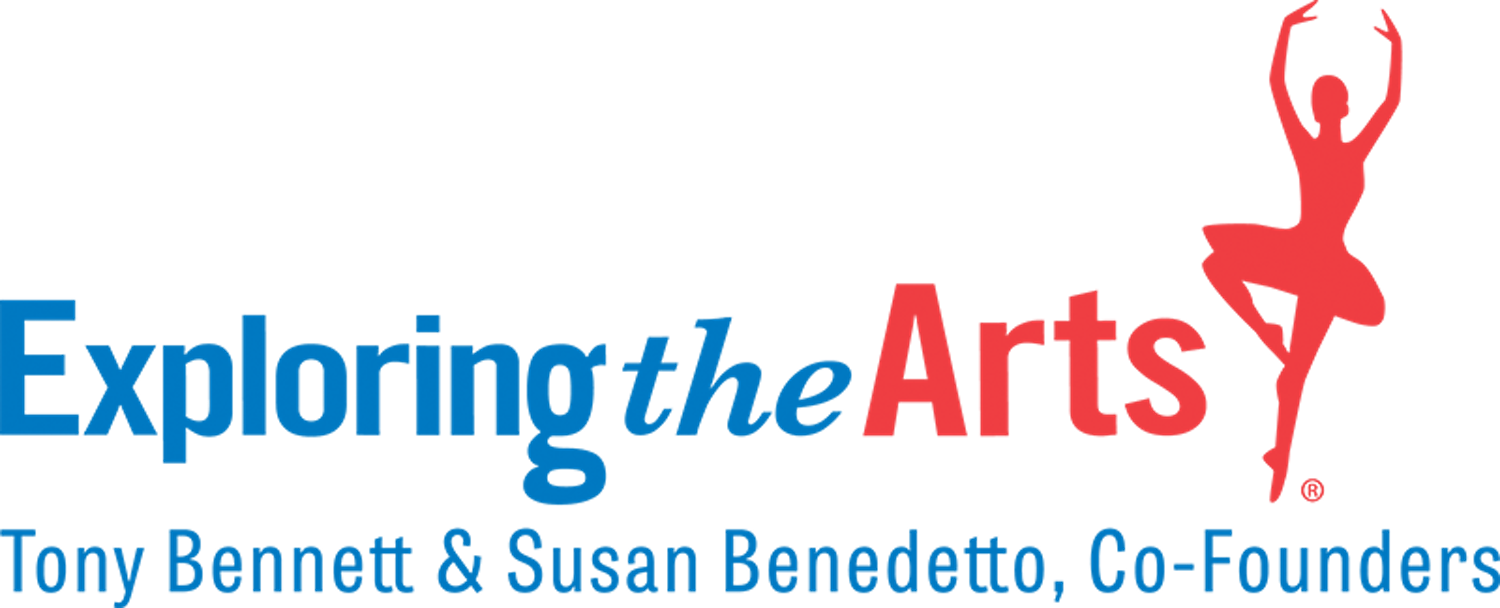Teacher: Joel Mejia; Media
School: Victory Collegiate High School
Project Goal(s): Improving the media literacy of graduating 12th graders and exposing them through project-based learning to the creative and technical aspects of content creation.
DESCRIPTION OF ACTIVITIES
The class will study various forms of media and will demonstrate their understanding of each unit through the development and completion of group and individual projects. Using a combination of professional and amateur equipment students will be able to choose from a variety of mediums and roles to analyze, discuss, and produce content. Discussed will be important themes relevant to their career and postsecondary education lives, as well as a review of history and media theory leading up to the present day. Integration of VR and augmented reality will be an essential component of exposure to this new medium. But even though we will not be able to create VR content, we can certainly explore careers and the creative potential of the medium.
Fall Semester
The fall semester is focused on assessing their general literacy and media consumption, and providing filmmaking 101 workshops in rotating groups. After completing workshops in producing, camera operation, and sound recording each student will receive Level 1 certificates. As the semester advances, students will be able to attain up to Level 3 certificates in each “department.” The goal is to expose them to the rigor of certification and licensing. The curriculum also includes:
Advertising
Media Consumption Survey
Persuasion Techniques
Advertising Terminology
Pre-production of :30 Commercial
Blogs, Vlogs, and New Media
Identity and Stereotypes in the Media
Intro to Blogging/Vlogging
Social Media (youtube, snapchat, facebook live)
Documentary vs Reality TV
History of Media in the 20th & 21st centuries
Basics of Video Production
Producer Role
Basic Camera Operation (DSLR, iPad/iPhone Video)
Basic Framing Basic Sound Recording and Interview Techniques
Spring Semester
The spring semester will be focused on advanced workshops, introduction to video editing and the various careers in the world of media. A school youtube channel and platform will be more closely integrated into the project based learning activities we do as a way for students to communicate with the greater VC community about important events and activities. The goal is to create a periodic newscast and incorporate a social good component that builds on the literacy and technical skills students gained in the fall.
The curriculum includes:
VR and augmented reality
Careers in Media
PSA’s and Community Building
Citizen Journalism
Music is the Message
Basics of Video Editing
OUTCOME
“The primary successes I can think of include hands-on exposure to tools of the trade, in this case video production, improved awareness of media's ability to influence society and in their role as literate and critical citizens who are more and more consumed by technology. And finally, the ability to create with the tools right in the palm of their hands. The content that was created by the students was displayed on the HD TV display case and the walls of the school's hallways. Many of the younger students were constantly asking me what my class was about and how much fun my students seem to be having. So I am looking forward to taking the many lessons I also learned forward into school year 2018-2019.
“One of the major challenges we experienced as a class was the unreliability of the internet connection here at the school. Also, not being able to have enough equipment to go around was often a challenge I had to overcome with other activities happening.”















